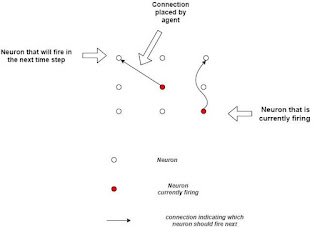DYNAMIC POPULATION ENCODERS

Dynamic population encoders author: Tofara moyo The human brain is an amazing machine. It is composed of billions of neurons , exchanging information (and adapting the ways they exchange information) in order to learn and process information that the individual receives. We know that neurons have a binary , on or off nature, and it is in the pattern of neurons firing and not firing that consciousness emerges. We assume that population codes are the way that the brain chooses to represent concepts rather than other theories such as grandmother neurons. The population code theory is that concepts are represented in the brain by groups of firing neurons, rather than individual neurons , which if it was individual neurons, would imply the hypothesis that grandmother cells are the way the brain encodes information. What this means is when you think of the concept “cat”. Each time you think it roughly the same group of neurons will fire in a specific part of the brain. Also when you perceiv...